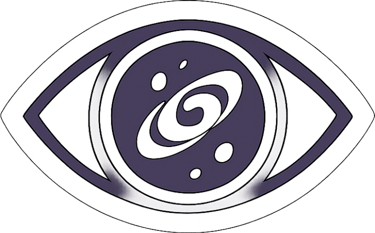Mystic Meadows
Our little farm residing in Waddell, AZ
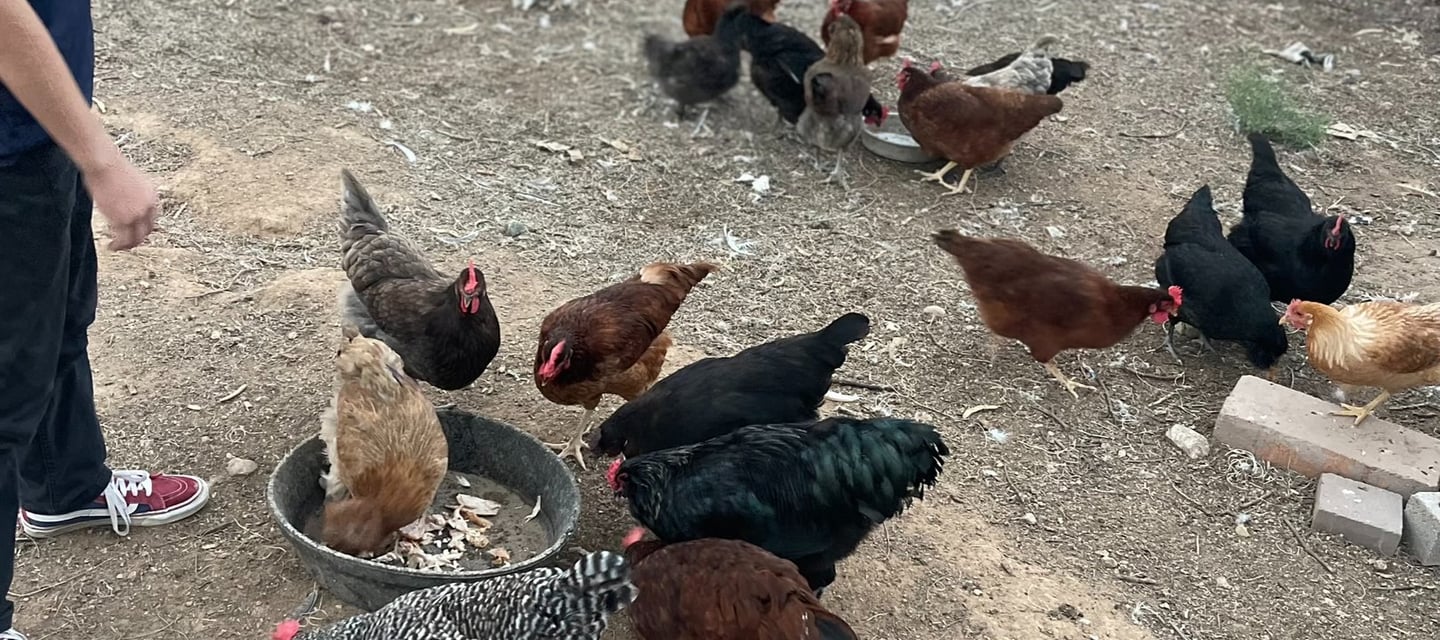

About our chickens
Being a lover of all animals and walks of life, we began sourcing and handpicking our ideal flock from private sellers. Basing our search on temperaments, how well they can handle the heat, their needs, and the most fun part, what color eggs they will lay! To actually "taste the rainbow" was my goal. We've raised our flock of over 40 chickens from chicks and receive immense joy hearing from the little raptors in our backyard throughout the day. There's many that love to snuggle, and we can't help but kiss them on their little combs a million times. These chickens are very loved! They are strictly our pets and companions and get to free range our property from sunrise to sunset and only eat organic feed.
My two older children get to show their favorite bantam chickens (Lemon-Partridge Silkie hen) and (Freddie Mercury-Millie Fleur Cochin rooster) in our local 4H. Pictures of them coming soon!
How/Where to buy our eggs
I will be at some upcoming Farmers Markets, details to come. You can also message me through the website to coordinate.
$10 per dozen, includes weekly deliveries of eggs within a 5 mile radius. If you return original carton, take $1 off.
Some other specialty items
I will also be offering Fairy Loaves in the next couple of weeks. All organic, dye free, fun and colorful sourdough loaves with vegan options.
When the season is right, we will be harvesting seed pods from our Mesquites to offer jars of Mesquite flour.
Most likely in the Spring, we will also be offering incubated eggs, hatchlings, and chicks.
What to expect & know about farm fresh eggs
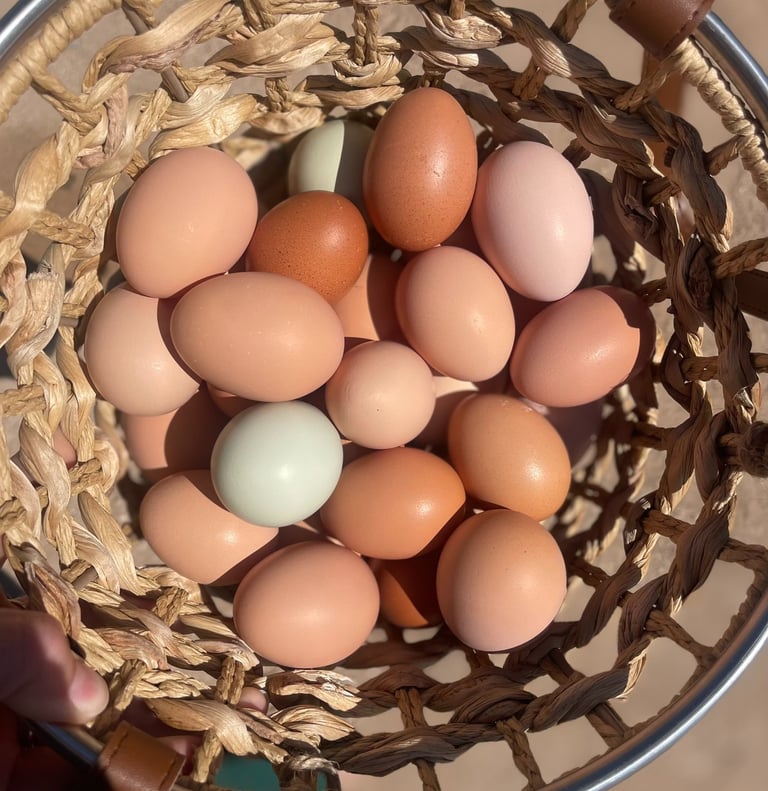

Information for farm-fresh, unwashed eggs
To help you properly store and enjoy these eggs, please read the following information.
What is the "bloom"?
Before a hen lays an egg, she coats it with a natural, waxy, and invisible layer called the "bloom" or cuticle. This bloom seals the shell's pores, keeping bacteria out and moisture in. Unlike commercially processed eggs in the U.S., which are washed and sanitized (removing the bloom and requiring refrigeration), our eggs are left unwashed to preserve this natural protection.
Safe storage guidelines
Do not wash the eggs until you are ready to use them. Washing removes the protective bloom, leaving the pores open to bacteria.
Unwashed storage at room temperature: Eggs with the bloom intact can be safely stored on your kitchen counter for up to two weeks, or even up to a month in a cool, dry area.
Refrigerated storage: If you prefer to refrigerate your eggs, or if you have washed them, they must be kept in the refrigerator. Unwashed eggs will last for up to three months in the fridge, while washed eggs are good for about two months.
Store pointed-end down: For the longest freshness, store your eggs with the pointed end facing down. This keeps the air cell at the top, away from the yolk.
Avoid temperature fluctuations: Once refrigerated, eggs should stay refrigerated. If a cold egg sweats, it can compromise the bloom and allow bacteria to enter.
Normal characteristics of fresh farm eggs
Fertilized eggs: Since our flock includes roosters, some of your eggs may be fertilized. This does not affect their taste or edibility. Unless the egg is incubated at 99.5°F for 24 hours, no development will occur.
Identifying a fertilized egg: When you crack open a fertilized egg, you may notice a white spot on the yolk that resembles a small "bullseye" (a small, opaque circle with a clear center). This is called a blastoderm. An unfertilized egg will have a less defined, solid white spot called a blastodisc.
"Heavy bloom": Some hens produce a very thick bloom, which can give the shell a chalky or slightly muted appearance. For example, a brown egg may look pinkish, or a blue egg may look grey or purple. This is completely normal and indicates a very well-protected egg.
Cloudy egg whites: When you crack a very fresh egg, the white (albumen) may appear slightly cloudy. This is a sign of freshness and is caused by carbon dioxide trapped in the egg.
Visible chalazae: You may see a white, stringy substance on either side of the yolk. These are called chalazae, and they act like tiny anchors to hold the yolk in the center of the egg. This is perfectly normal and edible.
Blood or meat spots: Occasionally, small blood or meat spots may appear on the yolk. These are caused by a ruptured blood vessel during the egg's formation and are safe to eat. They can be removed with the tip of a knife if you prefer.
When to discard an egg
The float test: To check for freshness, place an egg in a bowl of water. Very fresh eggs will sink to the bottom and lie on their side. Older, but still safe, eggs will sink but stand upright. If an egg floats, it's a sign that an air pocket has grown large enough for it to float, and it should be discarded.
Cracked shell: Do not use eggs with a cracked shell, as the bloom's protective barrier has been compromised.
Foul odor: Any eggs that have a foul odor when cracked should be discarded immediately.


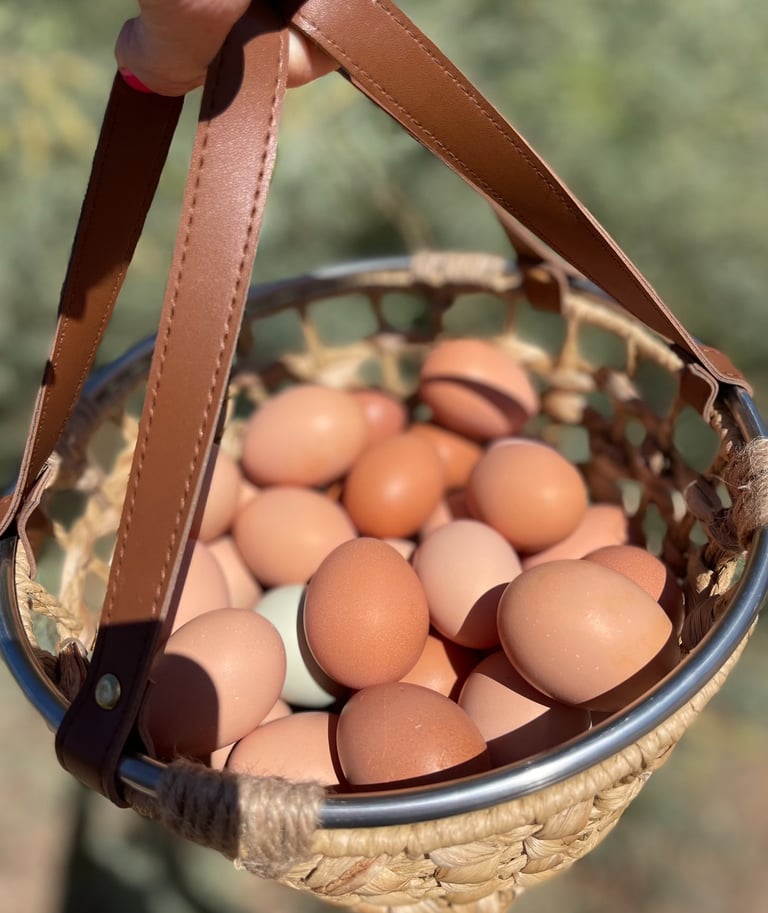

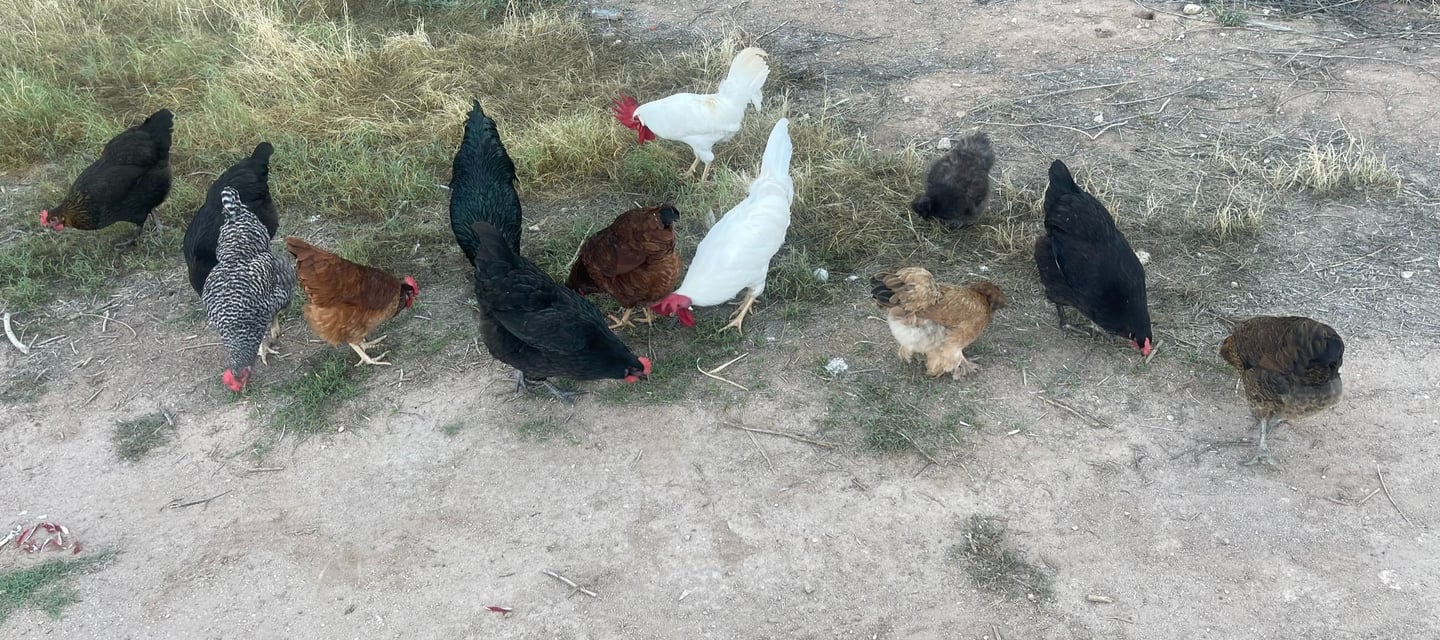

Meet part of our flock
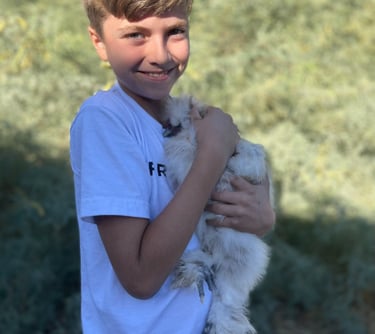

Peaches
This is one of our roosters. He is a Splash Silkie. He is very sweet and was hatched with his sister Lemon and does a decent job of protecting her and "keeping her in line". lol Silkies aren't typically known for their intelligence, but he even keeps some of the standard size hens in order.
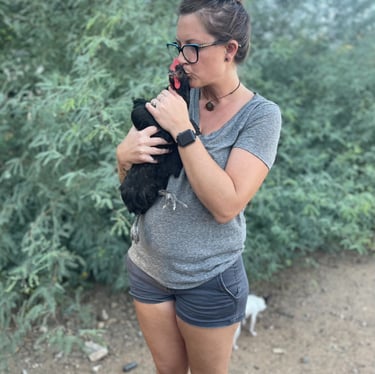

Jesus
This is one of our hens. She is an Australorp, which has now become one of my favorite breeds. She is the sweetest and quite obsessed with the kids and I. This is the story on how she got her name. When she was a baby chick she began not eating, drinking, or moving at all. Out of fear of her being sick I gave her her own bin and kept the food and water right next to her. Well two weeks past and it was Easter. I went to take care of all the chicks and noticed she was running around her bin wanting to be with the others! Turns out she must have had a broken leg, because in hindsight there was a chicken that got stuck in the corner of their brooder box and I had to carefully remove her. It's amazing how resilient chickens are. So grateful she's here, she brings so much joy and excitement!
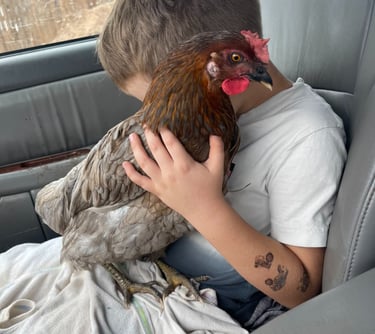

Stormy
This is one of our hens, she is a Sapphire Gem and now another one of my most favorite breeds! Her and her sister "Fluffy" loved to be held and adorned with kisses. They are pretty independent and reliable with egg laying. But they are very social with my kids and I.
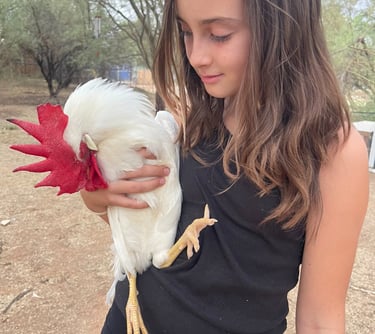

Jay
This is one of our roosters and he fell asleep in my daughter's arms. He is a White Leghorn. He also has a brother named Jack. "Jay" was "Jill" until we realized 'she' was in fact a 'he' when he began crowing. lol He does a great job of keeping the flock safe and he has zero tolerance for the kids messing around near them. Him and his brother alert everyone when they spot a Falcon, Hawk, or Owl. He really takes his job seriously and that means a lot to me!
